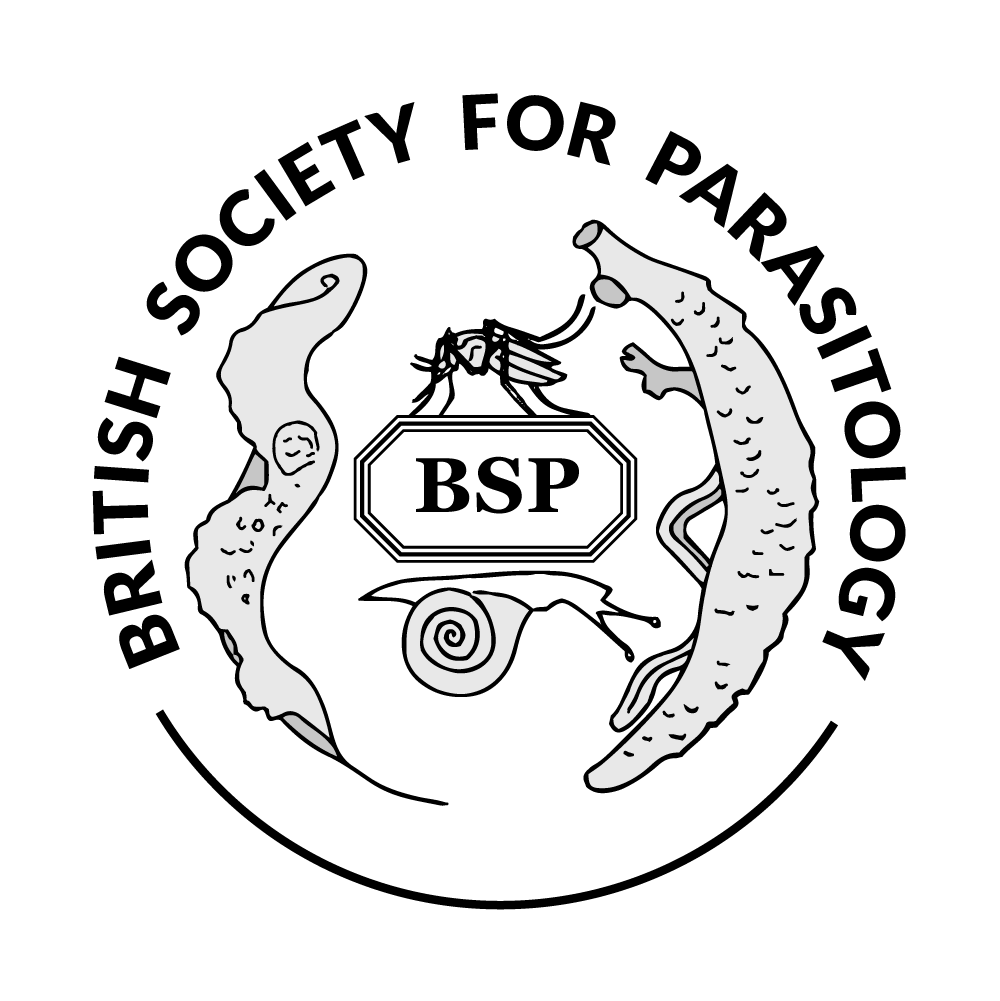Authors
J W Ndieyira2; J Bailey2; S B Patil2; M Vögtli2; M A Cooper4; C Abell3; R A McKendry2; G Aeppli1; 1 Paul Scherrer Institut; 2 University College London; 3 University of Cambridge; 4 University of Queensland Discussion
Molecular recognition depends on the specificity of interactions between a ligand and receptor and regulates a wide variety of biological activities in medicine. In pharmacology for example, the goal is to interfere with pathological biochemical pathways by docking molecules on the active sites. Vancomycin, a powerful antibiotic against streptococcal and staphylococcal strains including methicillin-resistant Staphylococcus aureus, kills bacteria by inhibiting cell-wall biogenesis. Molecular-scale changes in the docking site on the bacterial cell wall can confer resistance to vancomycin. In contrast, oritavancin and related antibiotics show remarkable activity against vancomycin-resistant bacteria, thus violating the historic lock-and-key and induced-fit theories. Here, we show that the efficiency of substrate binding to activate bactericidal activity can be dramatically improved at a surface in contrast to solution environment. In addition, we find that while a single binding mechanism in a pre-existing ensemble of conformational states dominates the behavior of susceptible targets, it fails dramatically for drug-resistant phenotypes. A more general model, taking account of multiple binding and surface effects, provides a compact description of how chemistry and mechanics are combined to effect bactericidal activity against resistant bacteria. Subsequently, the mechanobiological effects on the extracellular matrix transduce into large-scale mechanical forces that bacteria cannot ultimately withstand, causing cell death. Our methodology is generally applicable for obtaining rapid and quantitative pre-clinical understanding of the modes of action of drugs and offers lessons for developing effective therapies. 
